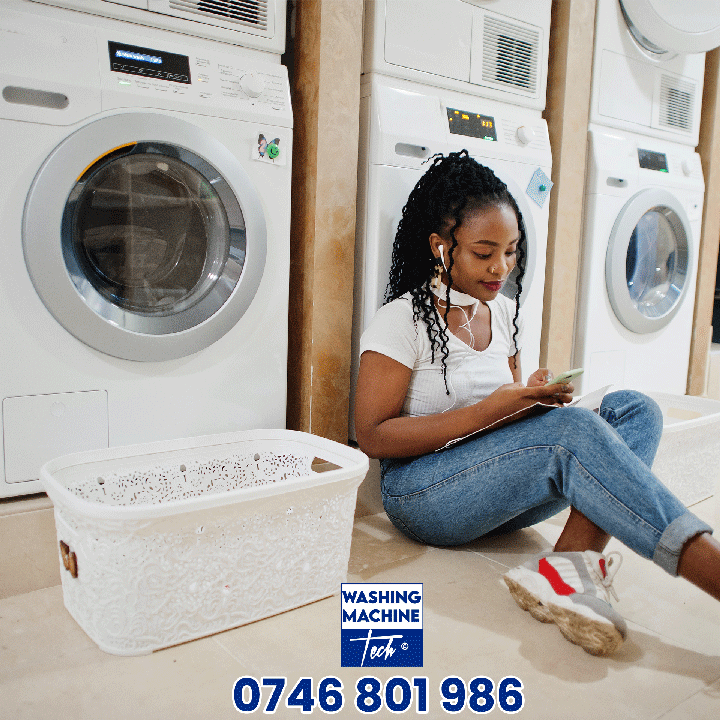Washing machine installation services in Nairobi
Installing a washing machine can seem like a daunting task, but with the right tools and a methodical approach, it can be a straightforward process. Here’s a step-by-step guide on how to install a washing machine, along with the required tools and equipment:
Required Tools and Equipment:
- Washing Machine: Of course, you’ll need the washing machine itself.
- Transportation Bolts: Most washing machines come with transportation bolts to secure the drum during shipping. You’ll need these temporarily during installation.
- Adjustable Wrench: This will be used to tighten hose connections.
- Pipe Wrench or Pliers: For securing the water supply hoses.
- Level: To ensure the washing machine is properly balanced.
- Measuring Tape: Useful for measuring distances and ensuring proper placement.
- Bucket and Towels: To catch any water that might spill during the installation process.
- Screwdriver: In case you need to remove or adjust any panels.
Installation Process:
- Choose the Location: Select a suitable location for your washing machine. It should be on a level surface, near a water supply (usually a laundry room or bathroom), and close to a drain or drainage pipe.
- Prepare the Area: Clear the area of any obstacles, and make sure the floor is clean and level. Use a level to ensure that the machine will sit evenly.
- Remove Transportation Bolts: Before installing, make sure to remove the transportation bolts at the back of the washing machine. These are essential to prevent damage during transportation but must be removed for proper operation.
- Connect Water Supply: Connect the hot and cold water supply hoses to the corresponding hot and cold water faucets. Use the adjustable wrench to tighten them securely. Ensure that the hoses are not kinked or twisted.
- Attach Drain Hose: Connect the washing machine’s drain hose to a suitable drainage point. This could be a dedicated standpipe or a utility sink. Make sure it’s secure and doesn’t create a water leak.
- Plug It In: Plug the washing machine into an electrical outlet. Ensure that the outlet is grounded and meets the electrical requirements specified in the machine’s manual.
- Check for Leaks: Turn on the water supply and check for any leaks around the hose connections. Tighten as necessary to prevent any leaks.
- Test the Machine: Run a test cycle without any laundry to make sure the machine functions properly. Check for any unusual noises or vibrations.
- Level the Machine: Use a level to ensure the washing machine is perfectly level from front to back and side to side. Adjust the machine’s feet as needed.
- Securely Position: Once everything is checked and working correctly, push the machine gently into its final position. Make sure it doesn’t tip or wobble.
- Read the Manual: Consult the washing machine’s user manual for specific instructions and recommendations, especially regarding detergent usage and maintenance.
- Dispose of Packaging: Properly dispose of all packaging materials, transportation bolts, and any other waste generated during installation.
By following these steps and using the appropriate tools and equipment, you can successfully install a washing machine in your home. Keep in mind that while the general process is similar, specific instructions may vary depending on the make and model of your washing machine, so always refer to the manufacturer’s manual for detailed guidance.

